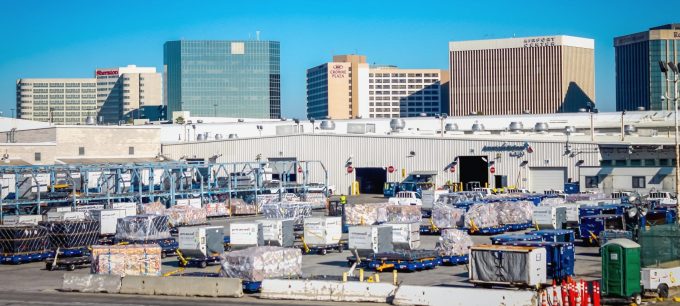Soaring US Covid infections disrupt peak capacity supply chains
Concern is mounting about supply chain disruption from the rising number of Covid-19 infections in ...

One of the major gateways for international air cargo is set for a sweeping overhaul of its cargo infrastructure.
Los Angeles World Airports (LAWA) has invited proposals for the modernisation of its cargo facilities at LA International (LAX).
Other major US gateways like Miami, Dallas/Fort Worth and Chicago have made recent upgrades to their cargo infrastructure, or are in the process of doing so, while aspiring second-tier airports like Philadelphia or Pittsburgh are also investing in new cargo buildings.
For forwarders in Los ...
Volcanic disruption at Anchorage could hit transpacific airfreight operations
Shippers snap up airfreight capacity to US ahead of tariff deadline
New price hikes may slow ocean spot rate slide – but for how long?
Tighter EU import requirements proving 'a challenge' for forwarders
Forwarders stay cool as US 'liberation day' tariffs threaten 'global trade war'
Supply chain delays expected after earthquake hits Myanmar
Looming Trump tariffs will create 'a bureaucratic monster' for Customs

Comment on this article